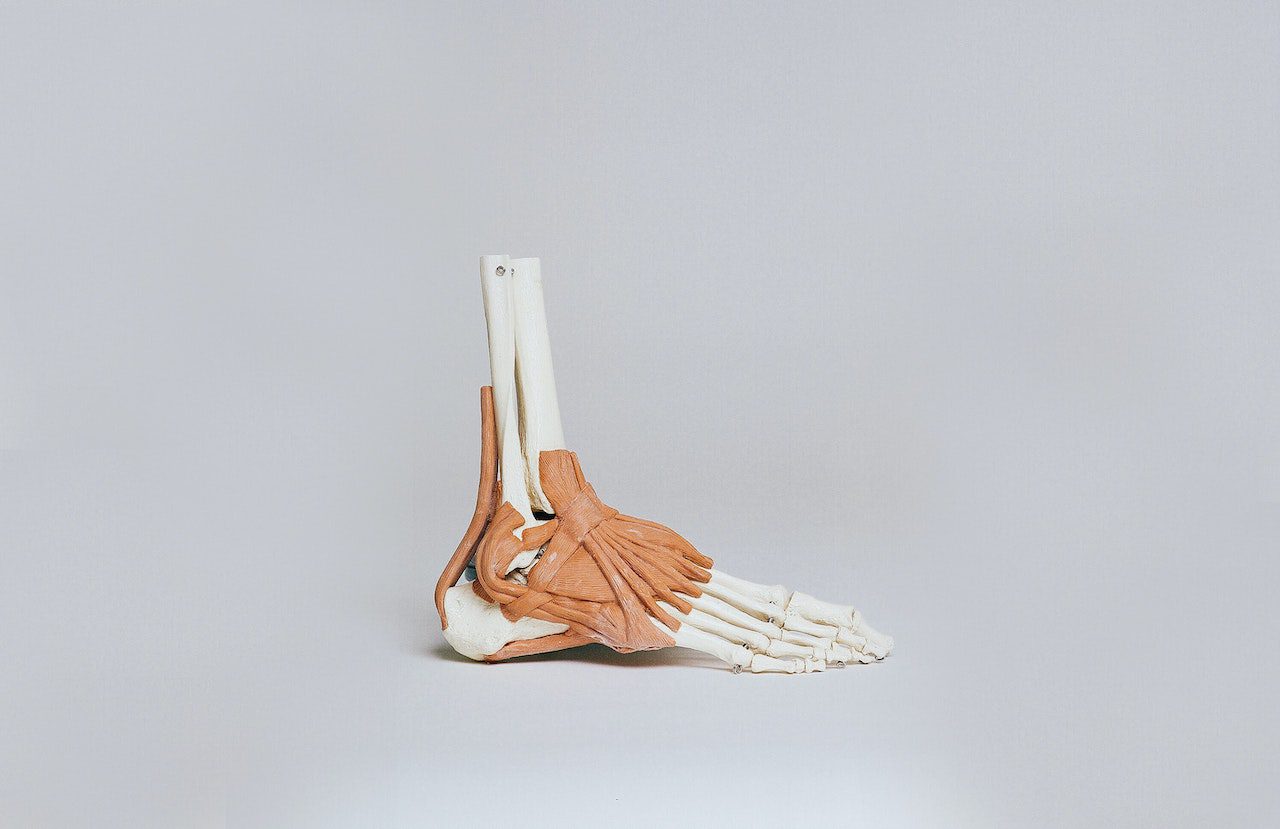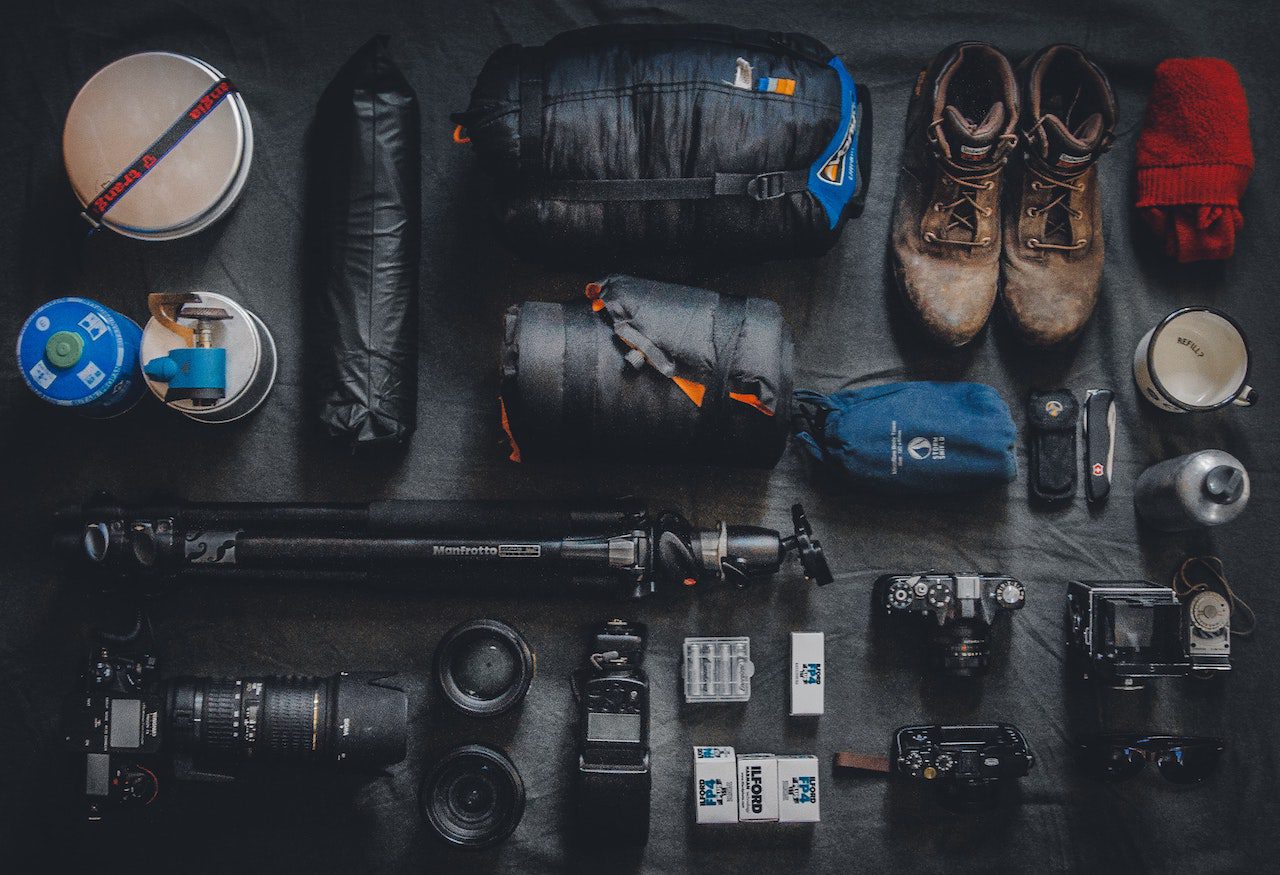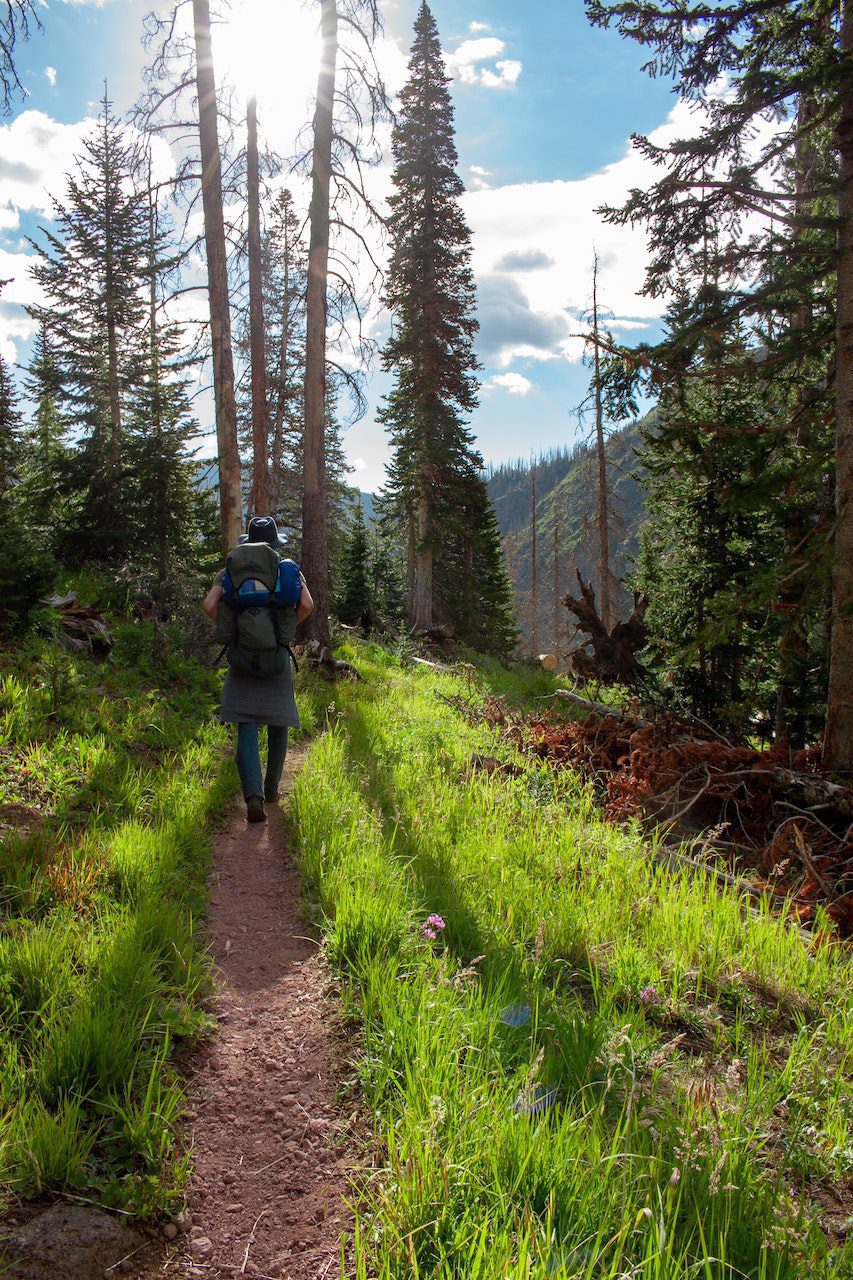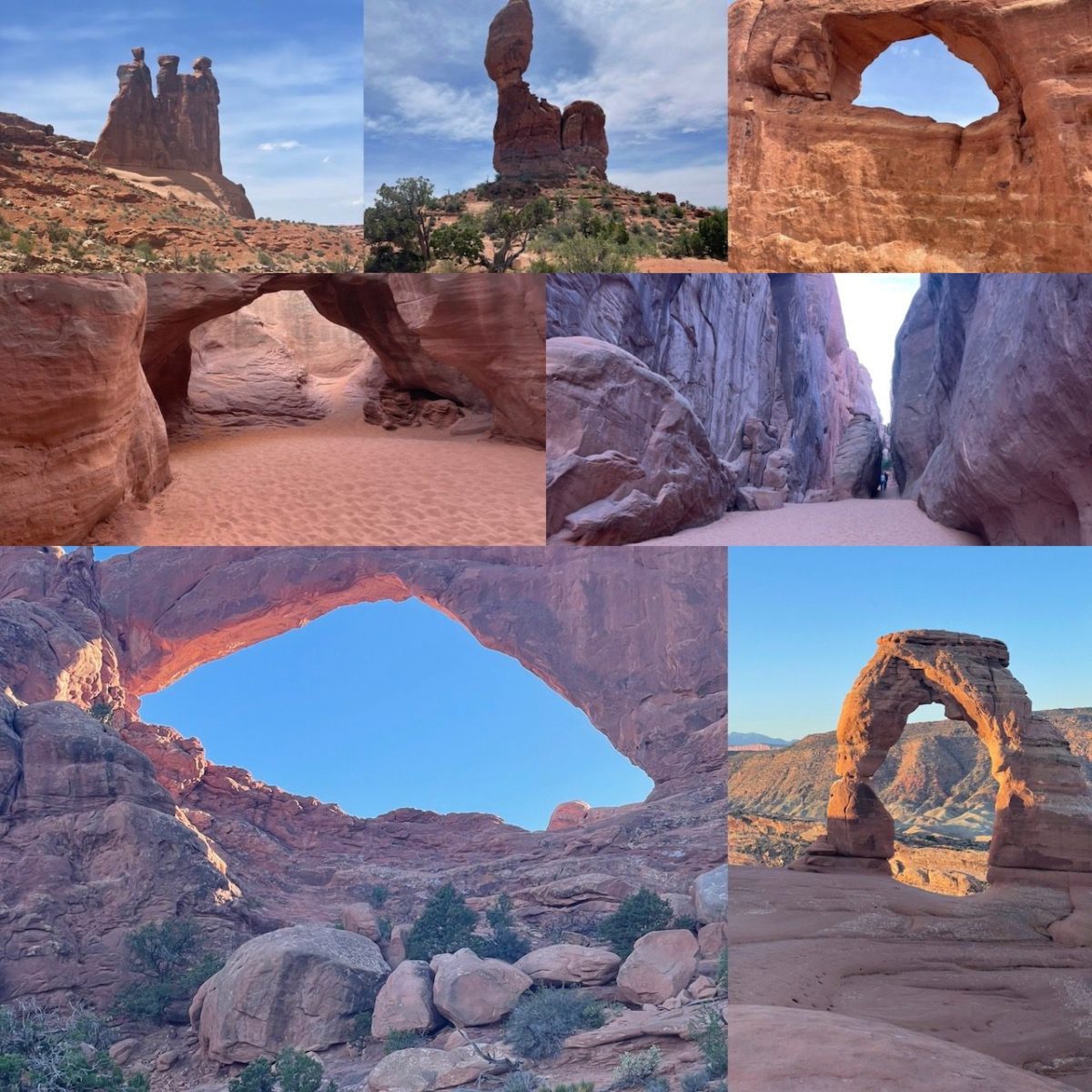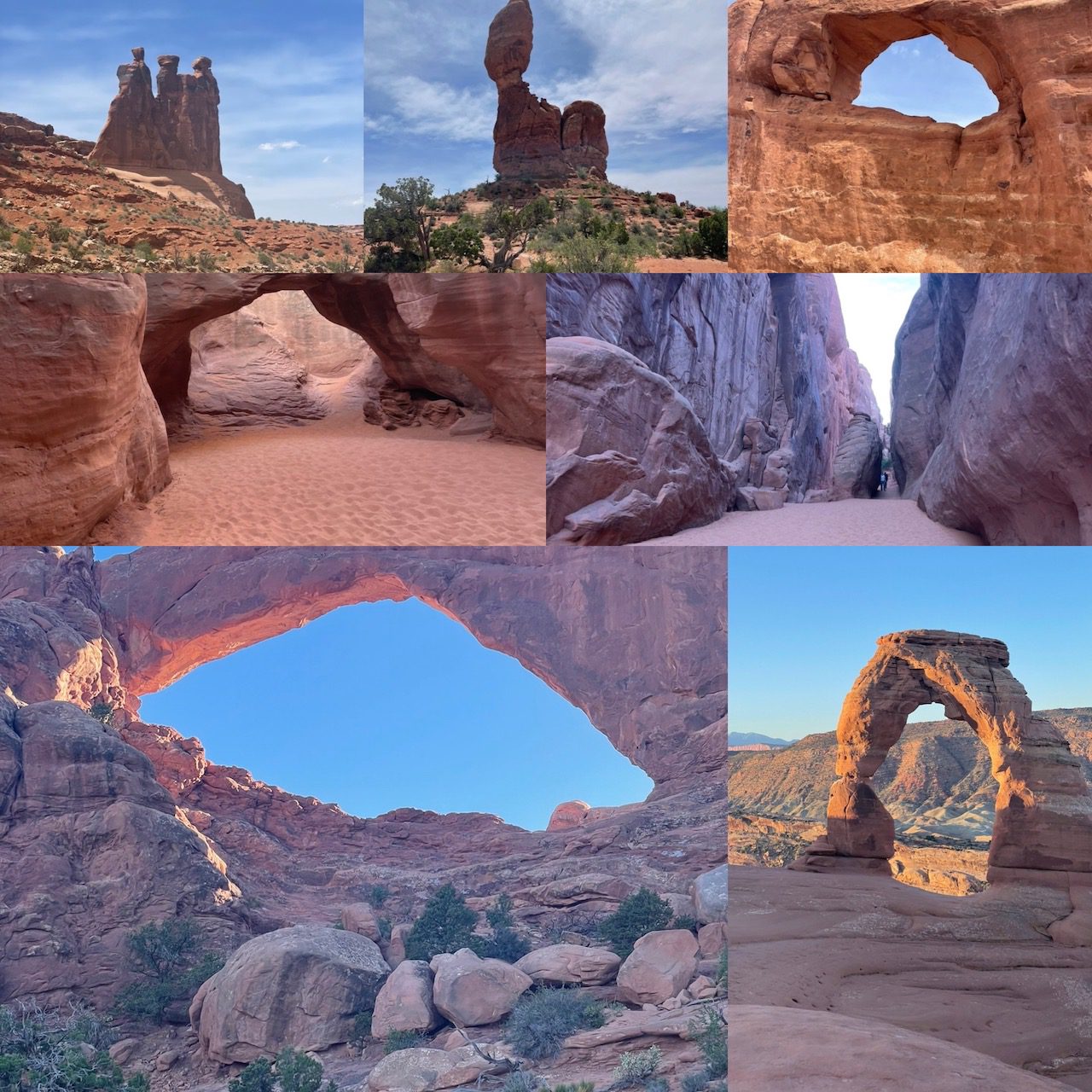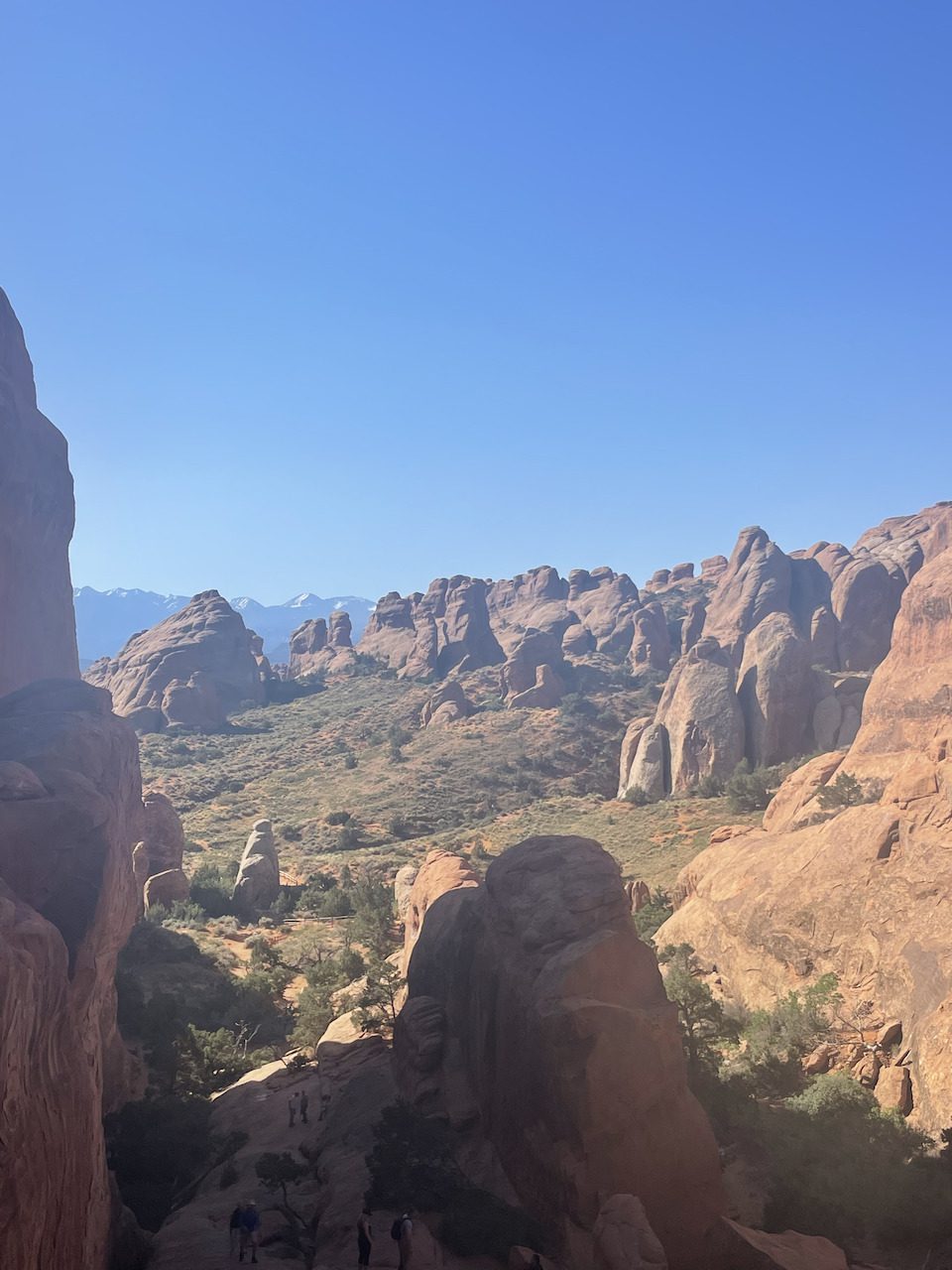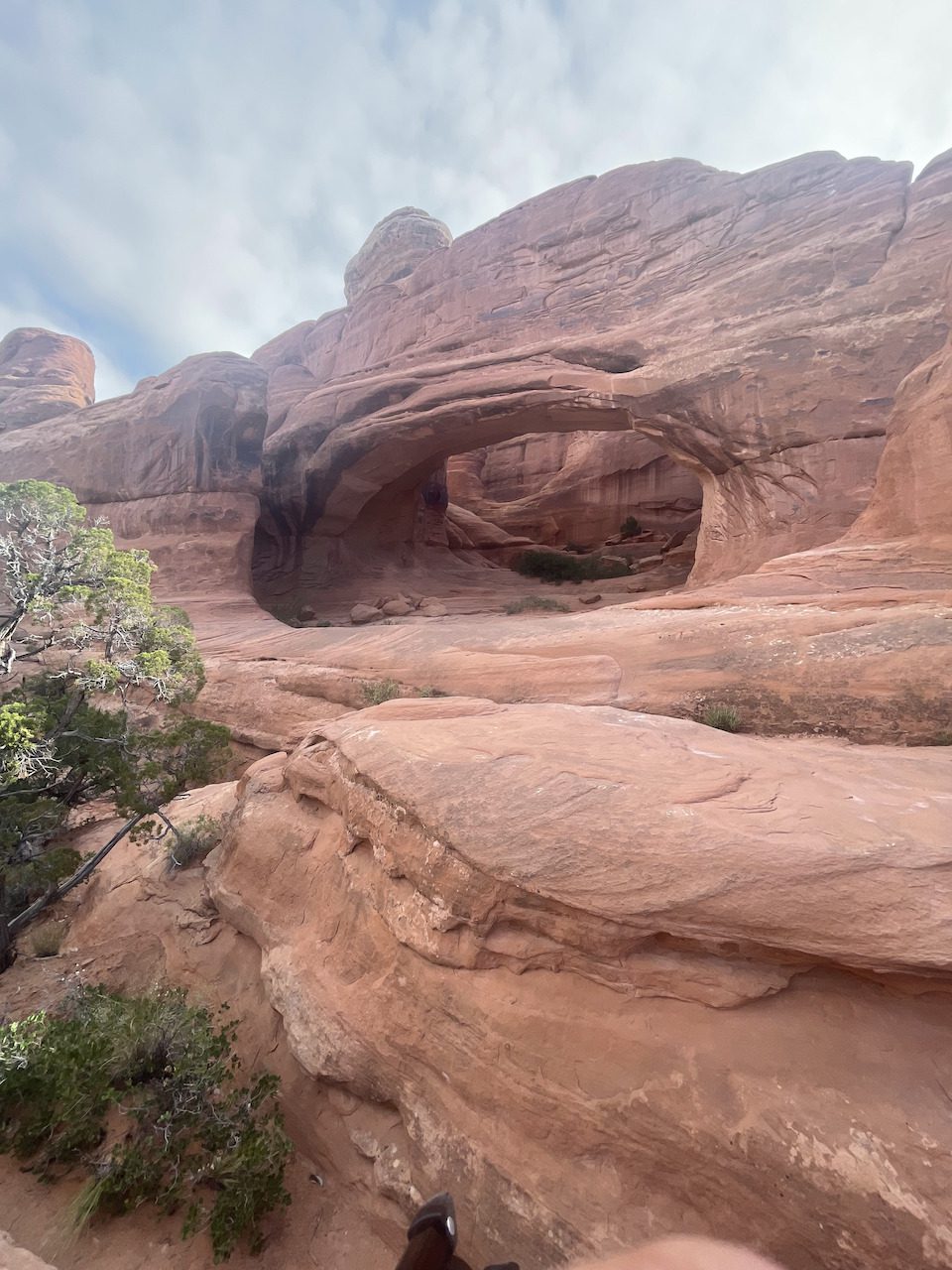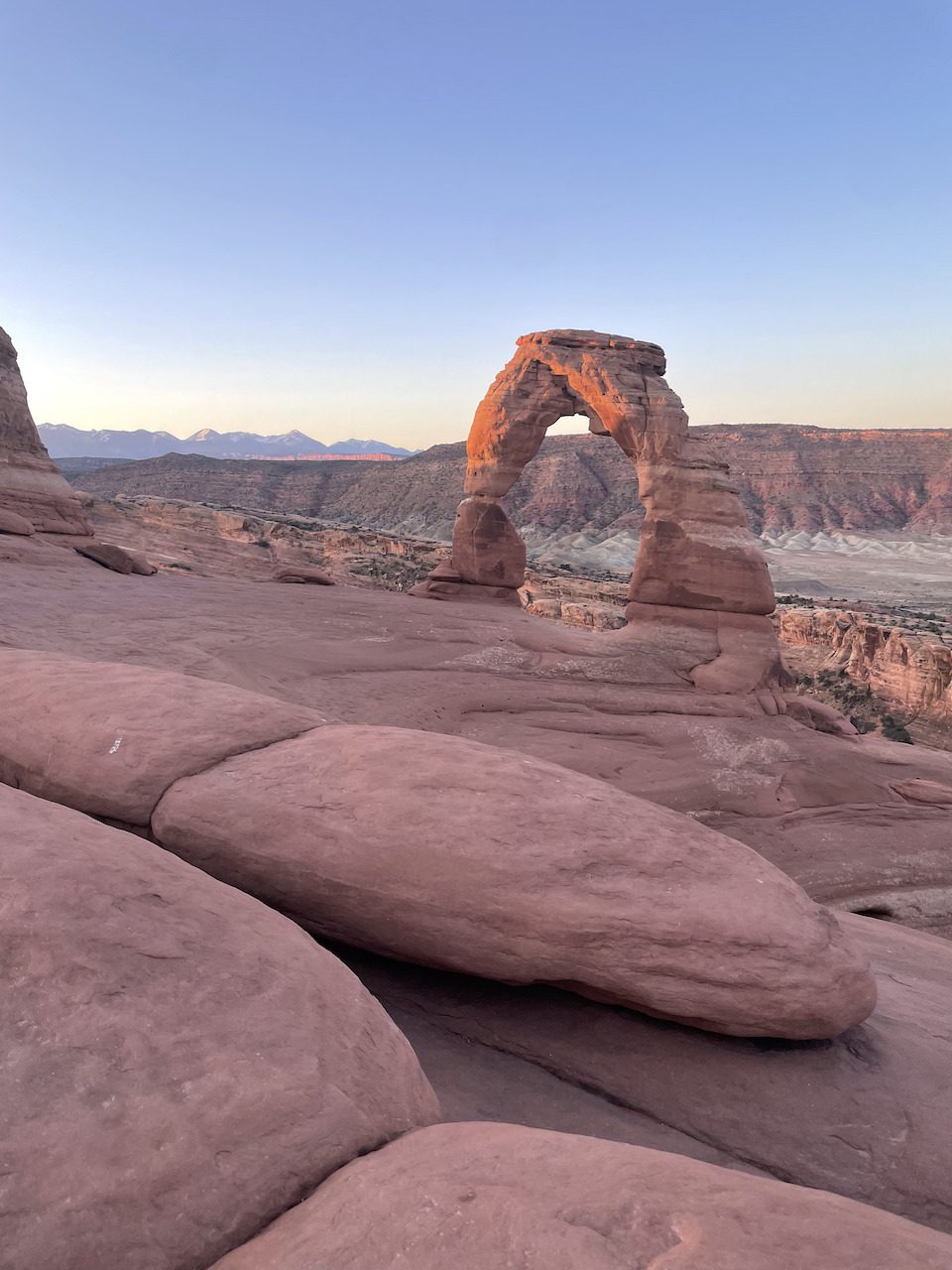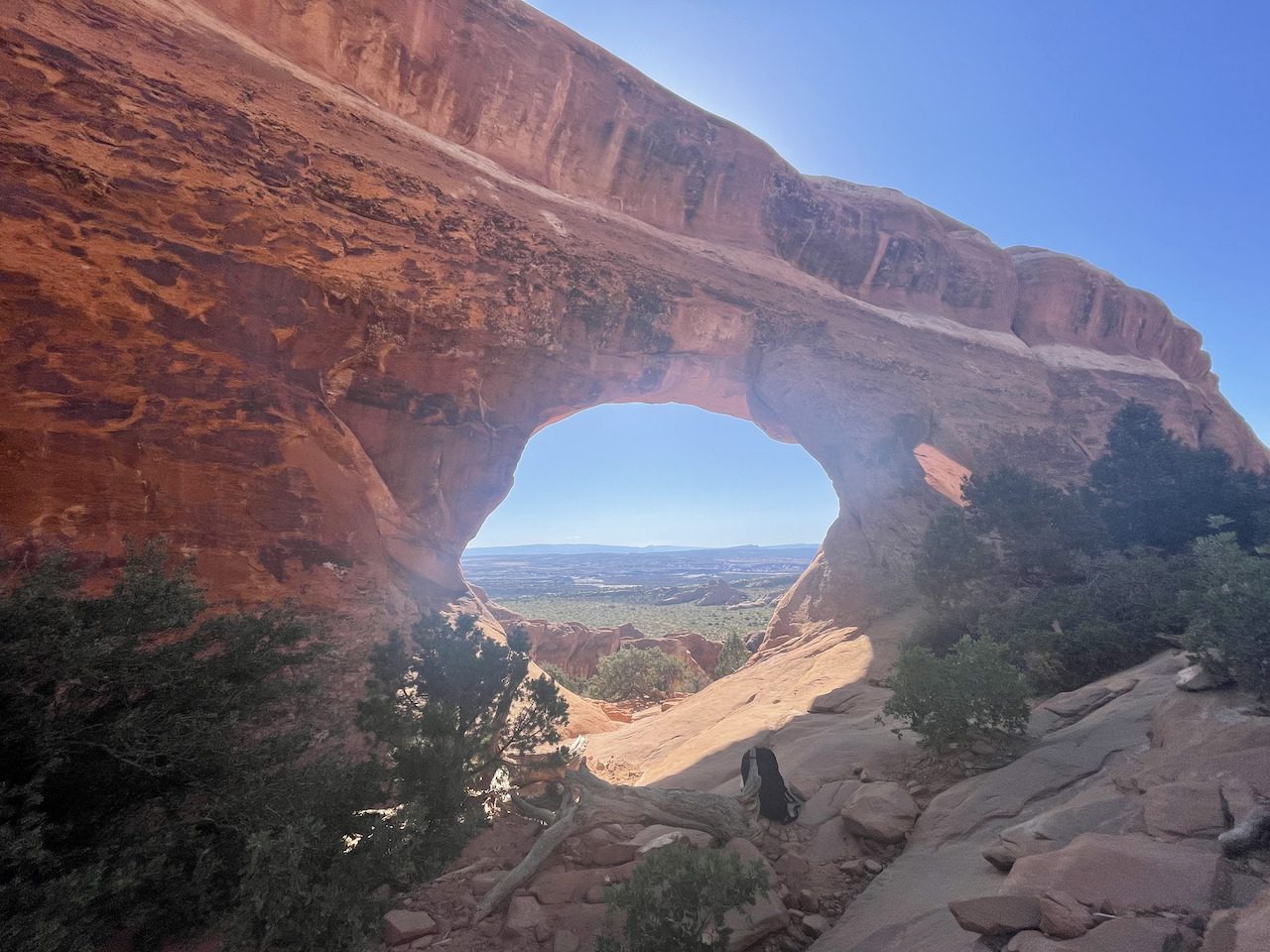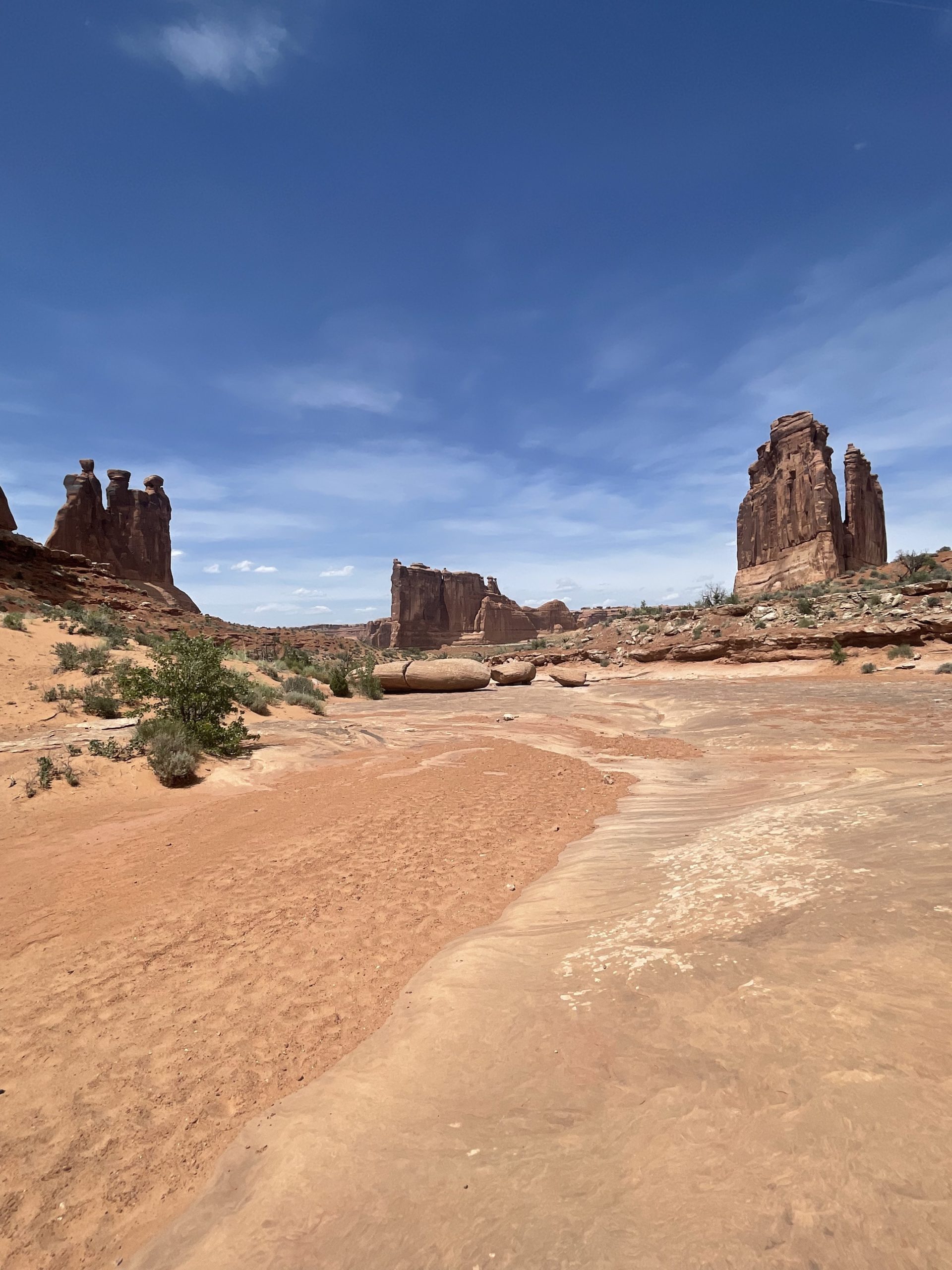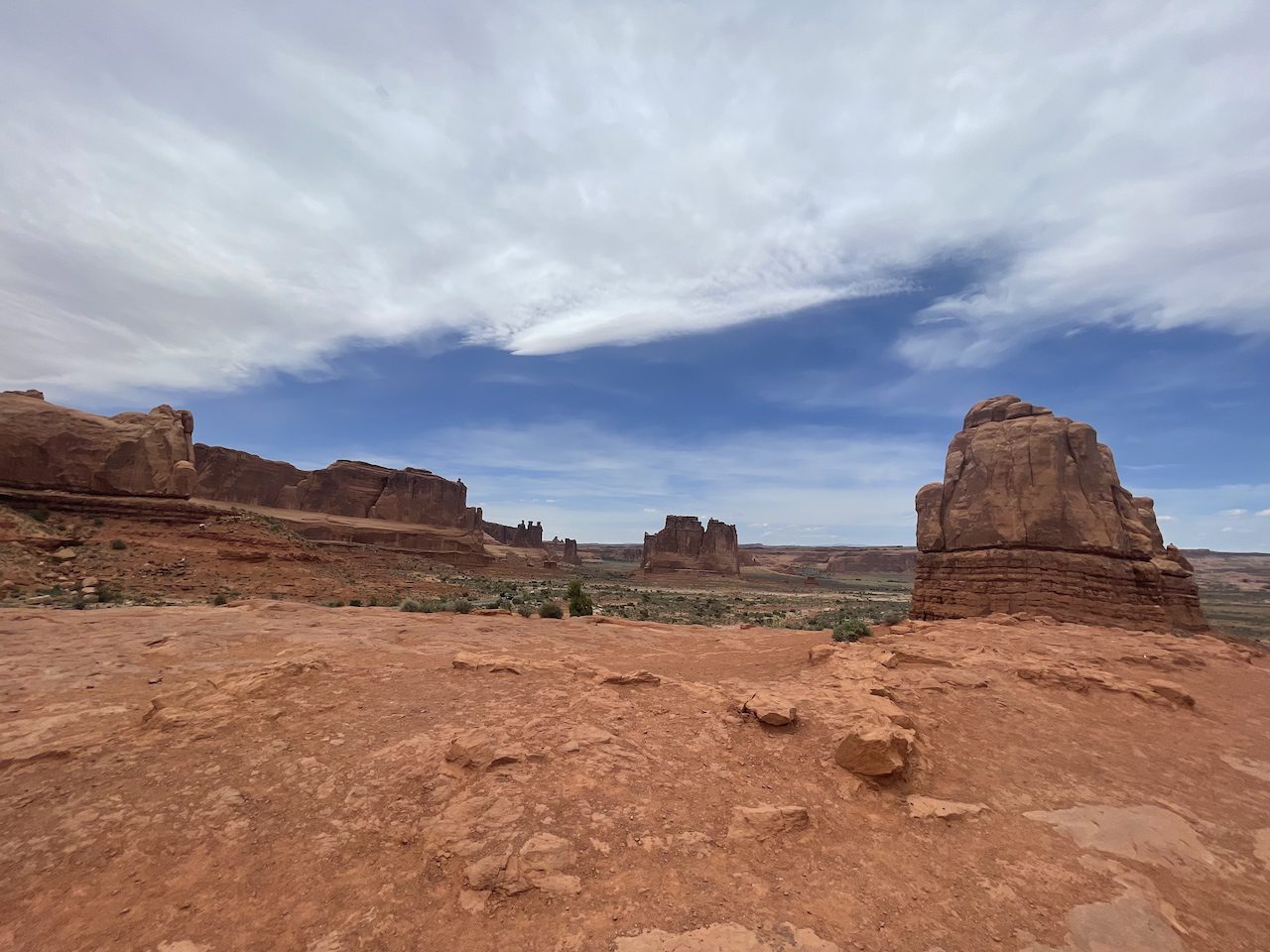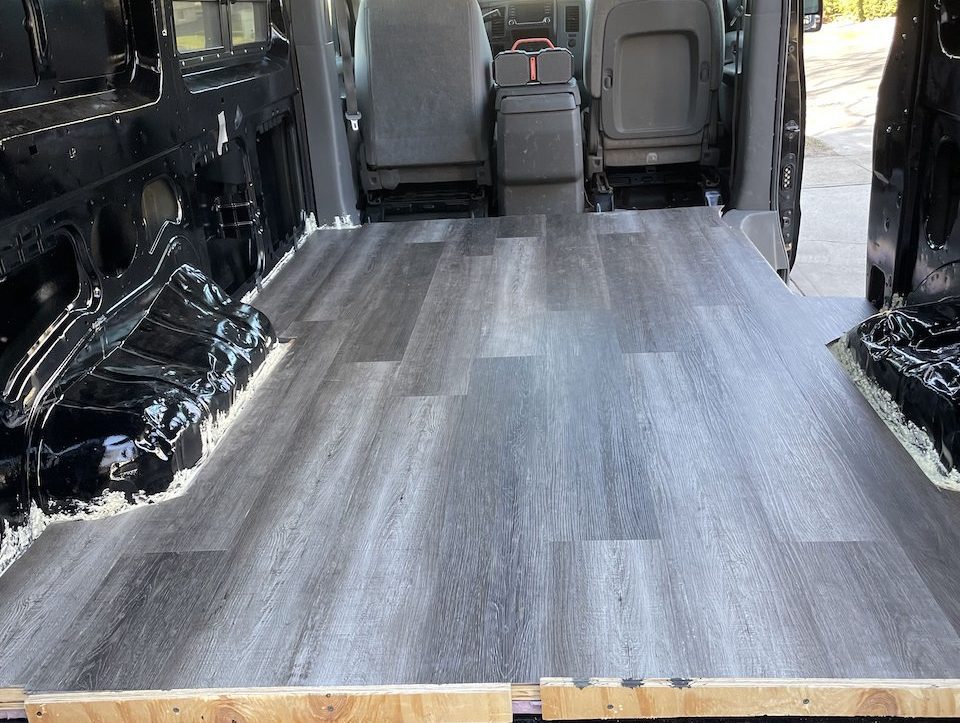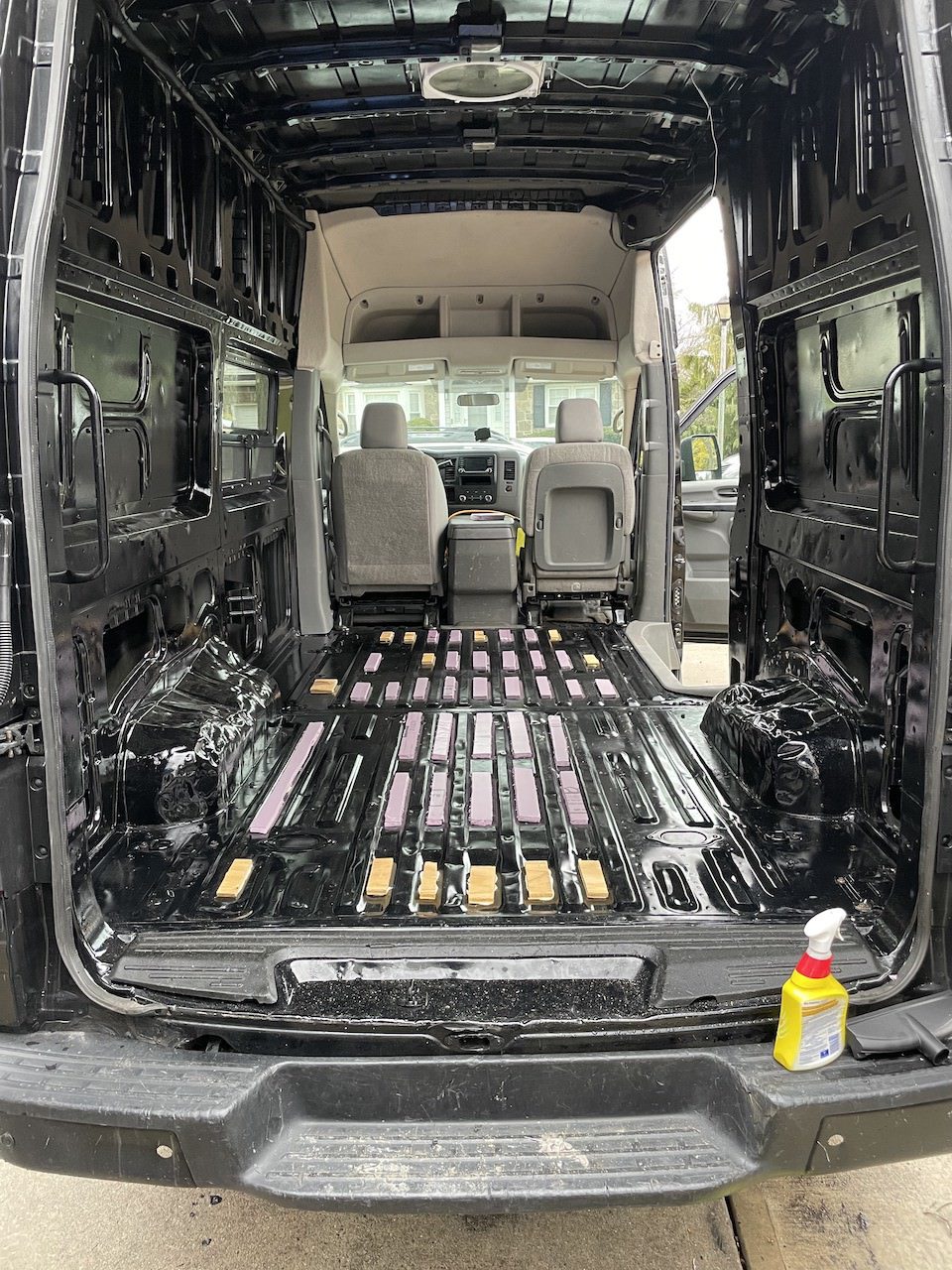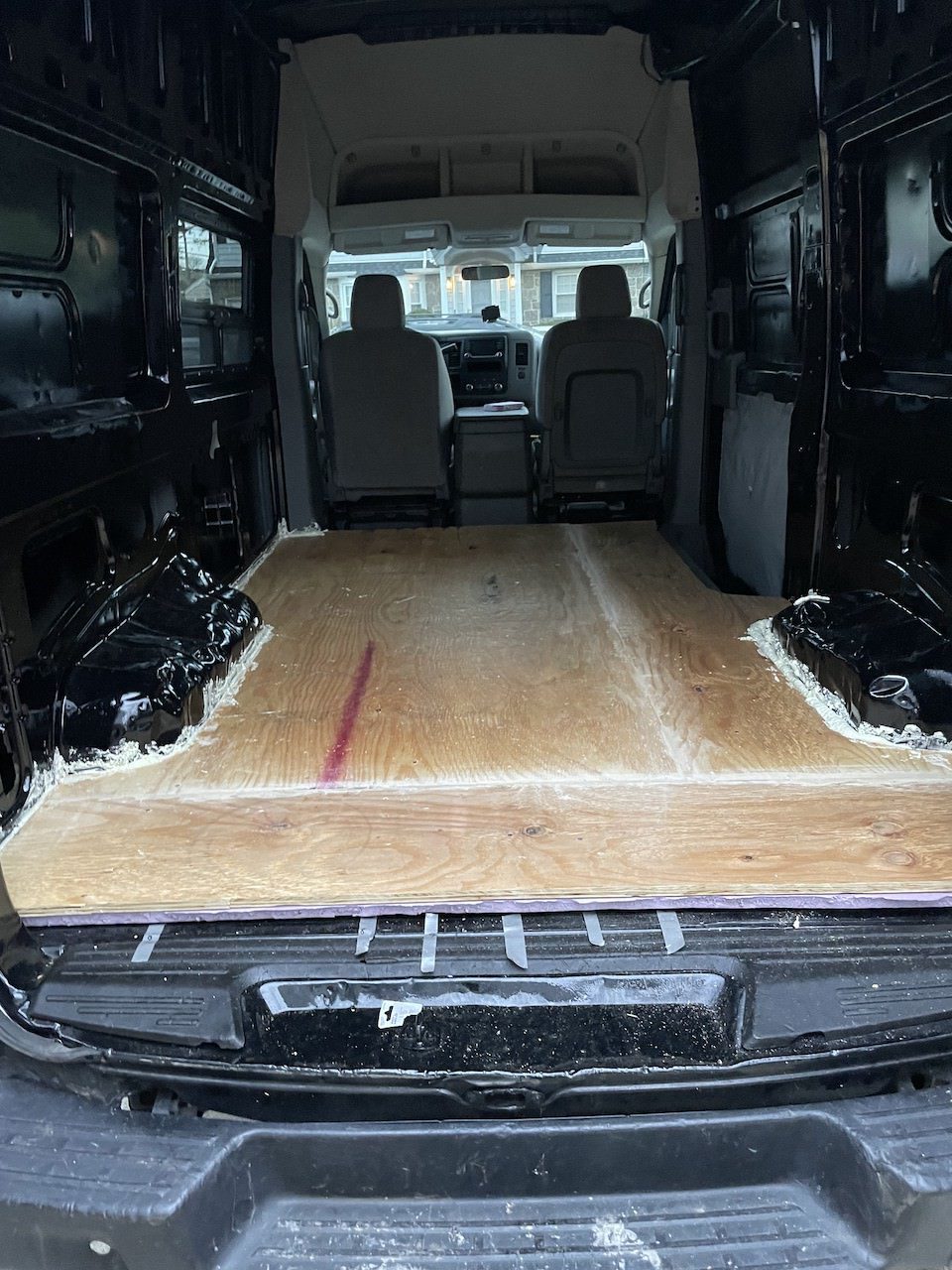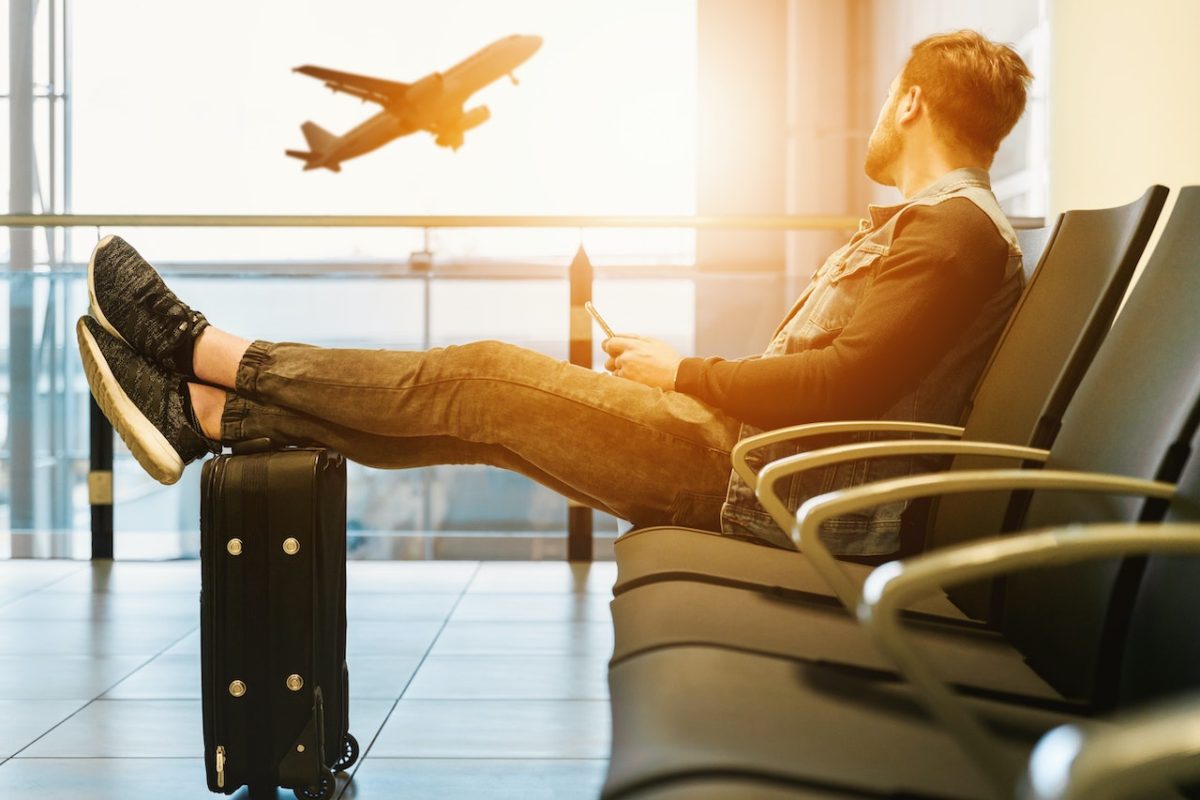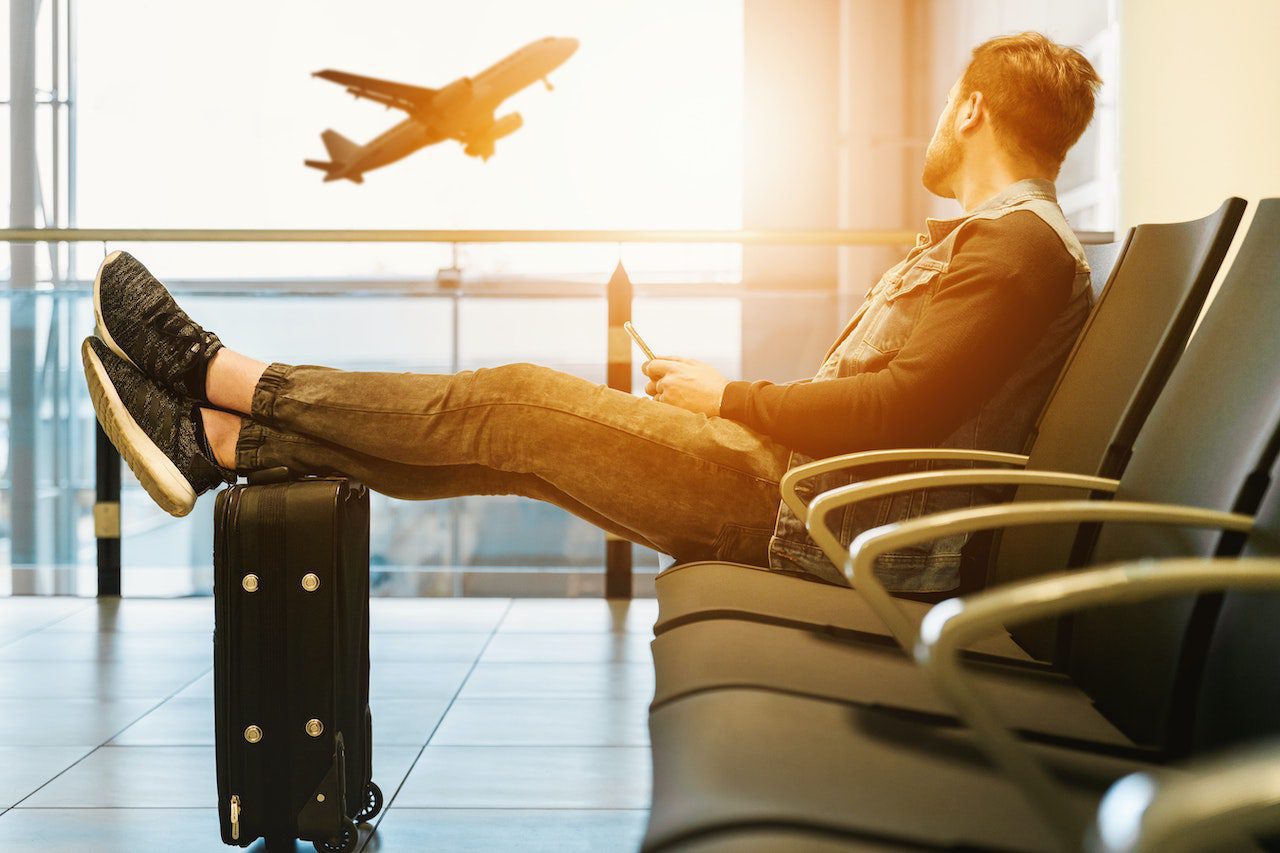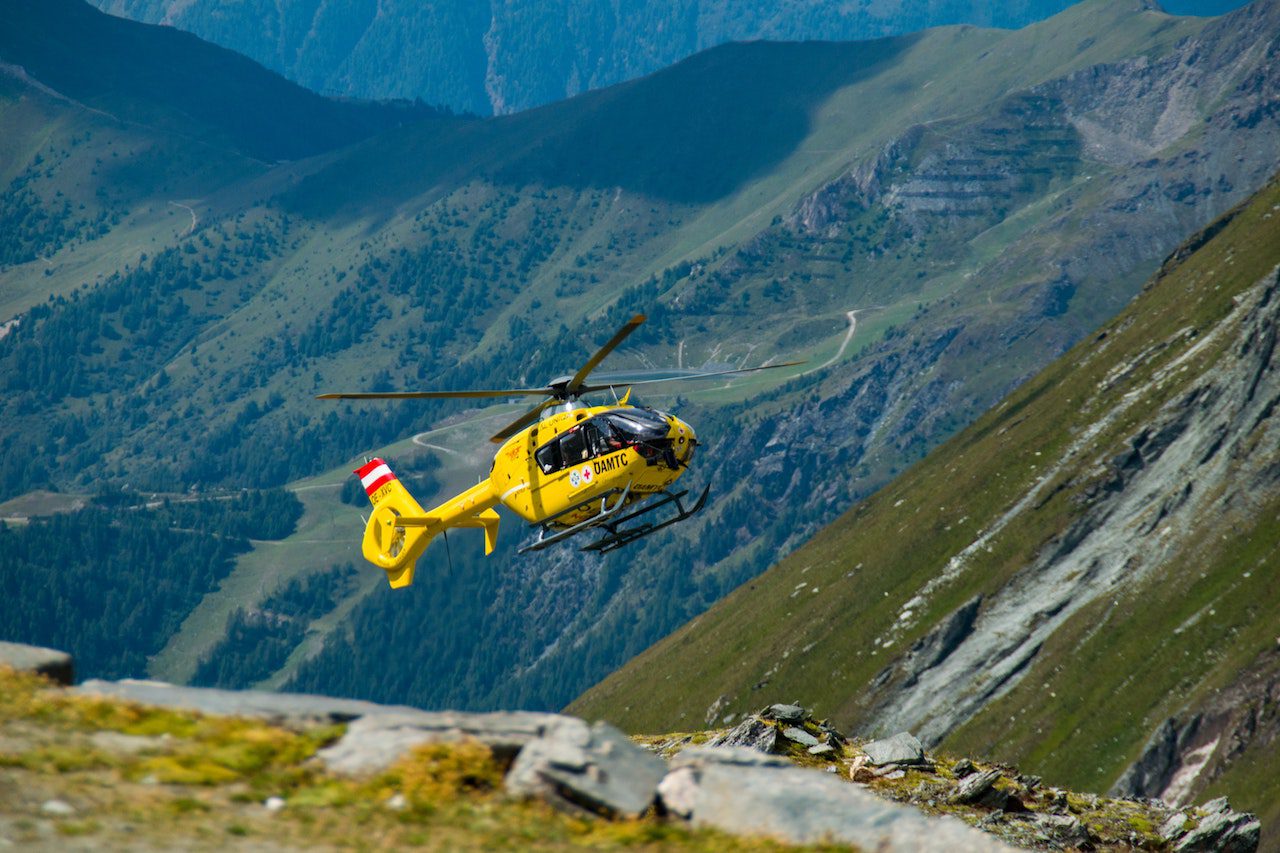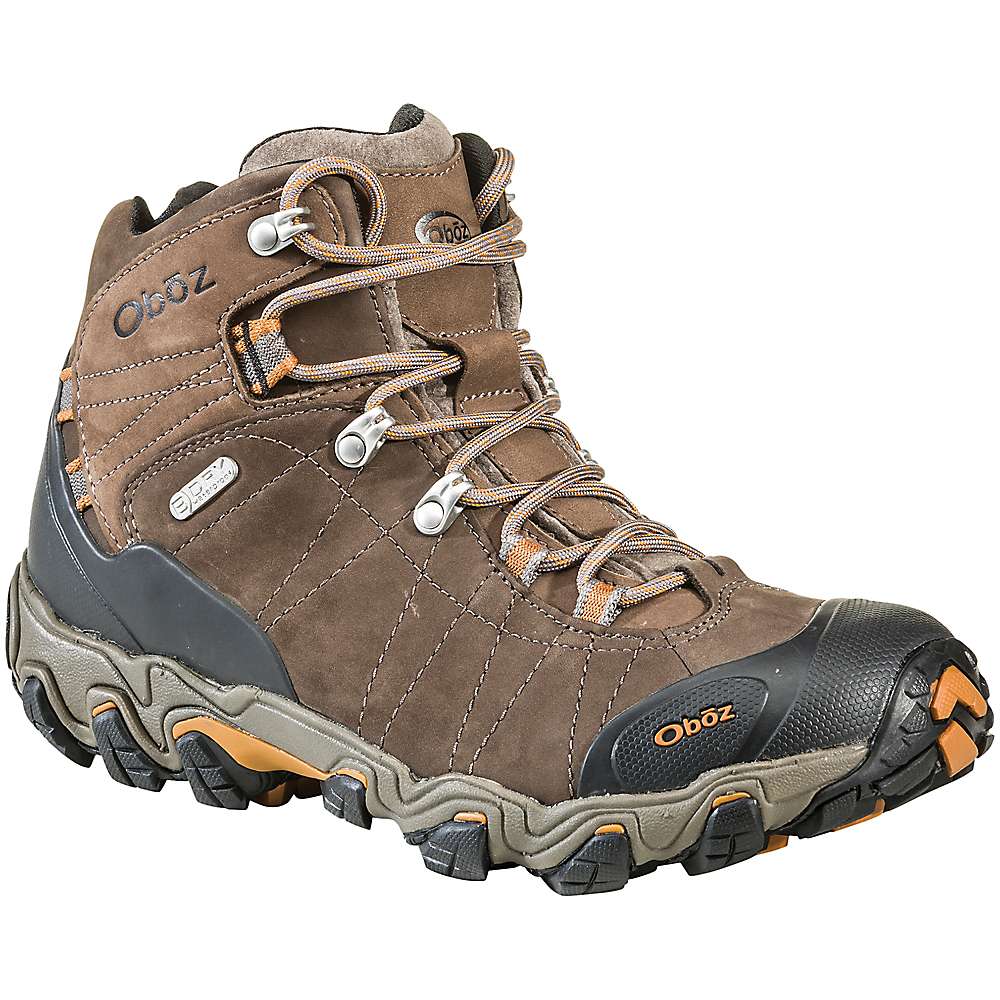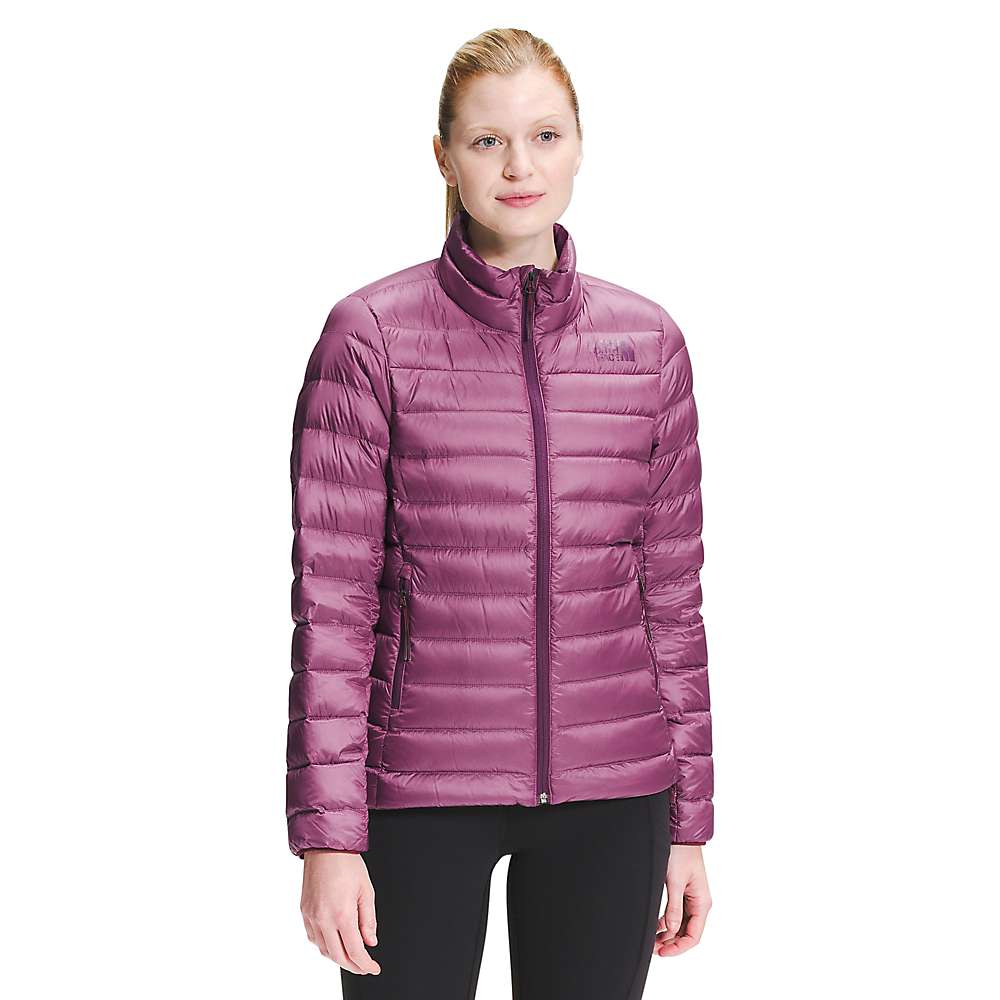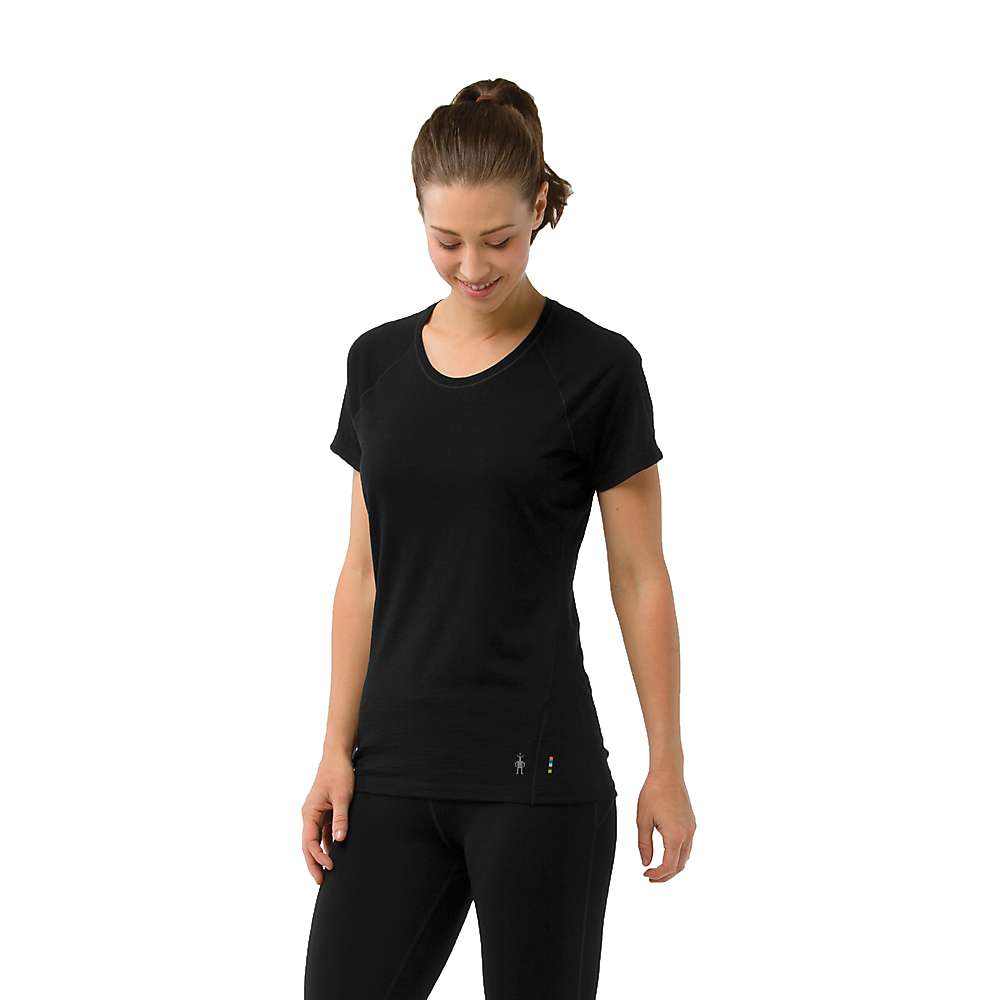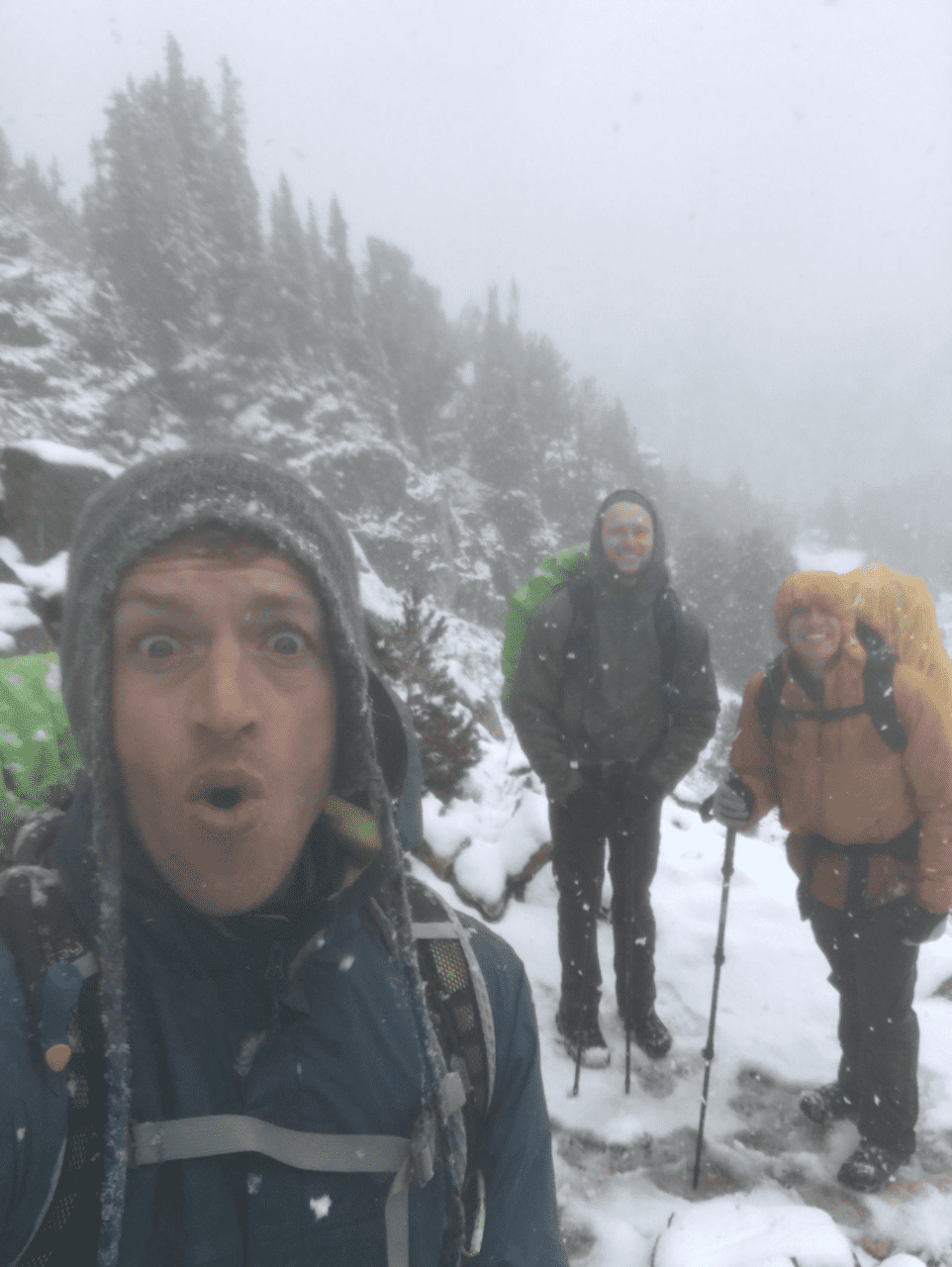Travel Safely With A Child Travel Consent Form:
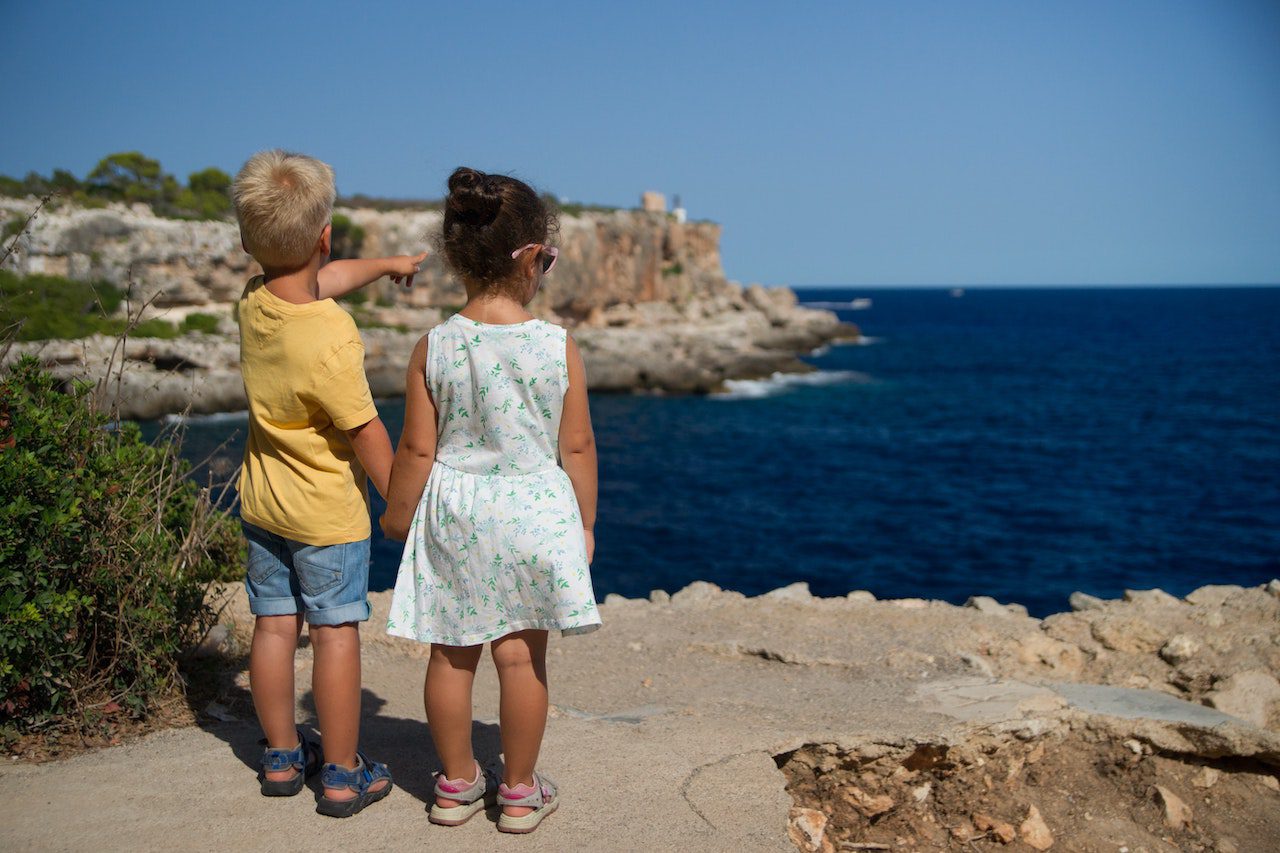
Chances are you or someone you know has a child who will be traveling this summer. If they are a minor, under the age of 18, and are not traveling with a parent, you should consider having them travel with a notarized Child Travel Consent Form.
What Is A Child Travel Consent Form?
A Child Travel Consent Form is a letter that lets the authorities know, that as parents, you are aware that they are traveling and give your permission to do so. For the form to be valid it needs to be signed and notarized by a notary public. International travel is where they are most common, but more and more parents are having their children travel with them domestically as well. With child trafficking at an all-time high, airport security and borders are being very careful when a minor is entering their county without a parent.
Why Does The Letter Need To Be Notorized?
It is the job of a Notary to verify the parents who are signing the form are in fact who they say they are. This is typically done by using a government issued ID, like a driver’s license. It needs to be valid and match the name of the parent who is on the form. The parent will sign the form, in front of the notary, and they notary will then enter the signer’s information into their journal and have the parent then sign the journal. The notarization is completed with a thumbprint, by the parent, in the Notary Journal. Without the notarized signature the Child Travel Consent Form may be invalid and rejected.
Where Can You Get A Travel Child Consent Form?
While there is not an official form needed for the Child Travel Consent Form it is suggested that the form contain the following information.
- Child Name
- Child Passport or ID number
- Date of travel
- Where are they traveling to
- Parents name/names
- Name of the person they are traveling with
There needs to be a space at the bottom of the form for the parents to sign and date. The child traveling doesn’t need to sign the form.
How Much Does It Cost For The Form And To Get It Notorized?
Forms can either be typed up by yourself who downloaded from the internet. Some notaries may carry the forms with them. The Long Beach Notary Dude is a notary public in Long Beach, California and his mobile notary service includes the form. All states are different, but to notarize a signature it’s costs anywhere from $5 to $20 depending on the state. In the state of California, is costs $15 per signature. If both parents are signing the form, it would be $15 per parent or $30 total.
What Do You Do With The Form?
If your child is younger and traveling with a grandparent or older siblings, it would be smart to leave the letter with them. They can simply put it in their carry-on baggage or purse and have always it with them. It’s a good idea to put the notarized form in a plastic folder protector to keep it safe. You many need to use the form at the airport or when crossing international borders. Hotels may also ask evidence that the child’s parents are aware they are traveling.
When planning that hiking trip with friends, if you are under the age of 18, you may have not considered traveling with a Child Travel Consent Form, but it is a great idea to have one on hand. It just protects you and those who are traveling with you.
About The Author:
Rufus aka “Long Beach Notary Dude” is a notary public in Los Angeles, CA. He offers both General Notary Services onsite and is a Mobile Notary, where he can travel to you. Rufus is the owner of MY PO BOX LA, a mailbox rental and shipping store in Monterey Park, California. At 6’3 340 lbs he enjoys spending time with his wife, 3 kids and 3 cats. He can be reached at (626) 620-3667 or via email notarydude1@gmail.com. You can visit his websites at www.notarydude.net and www.mypoboxla.com

